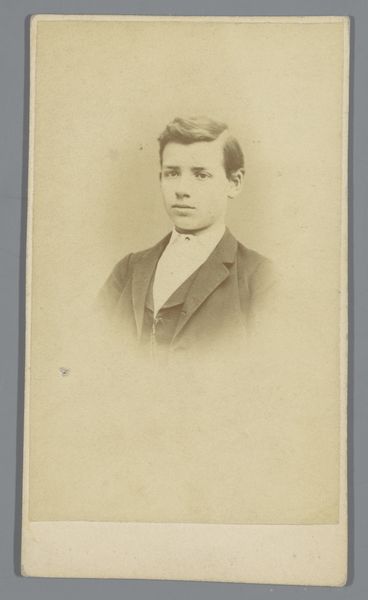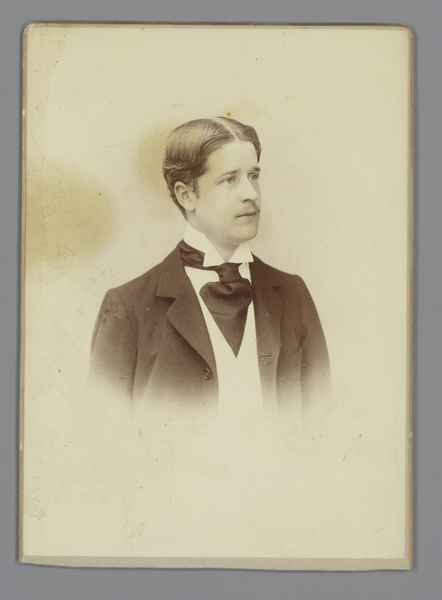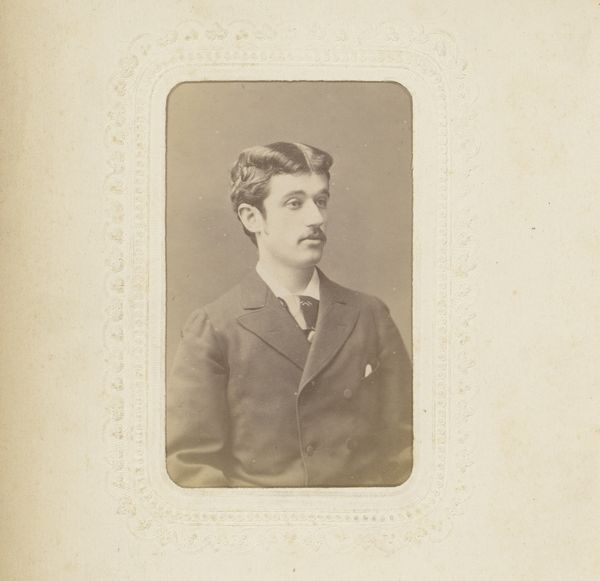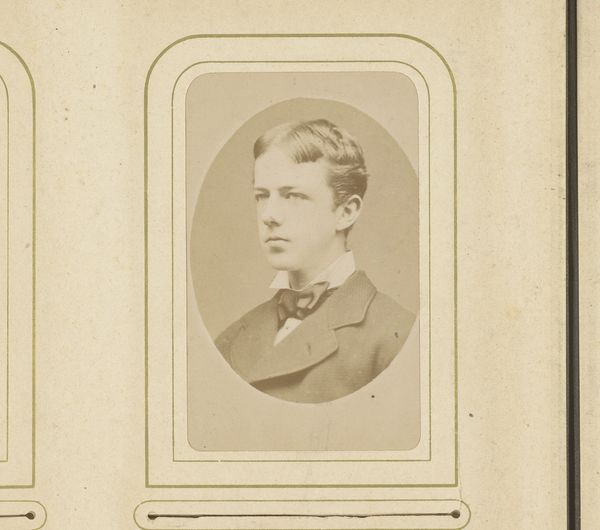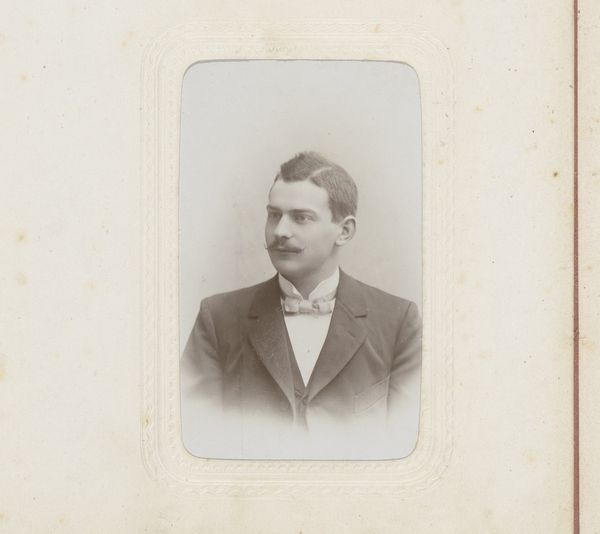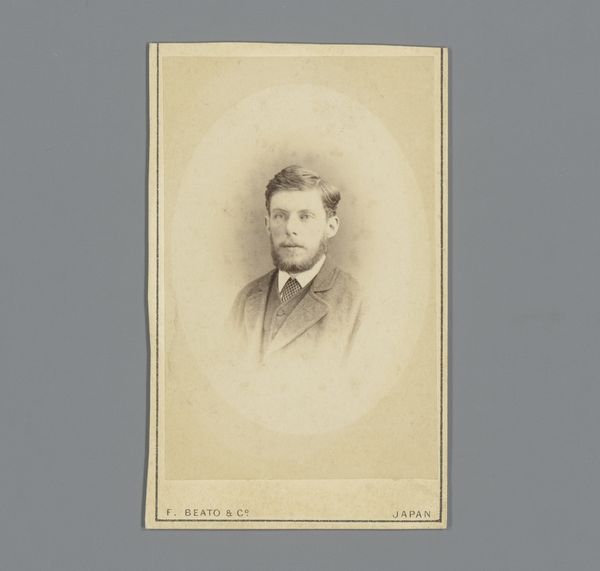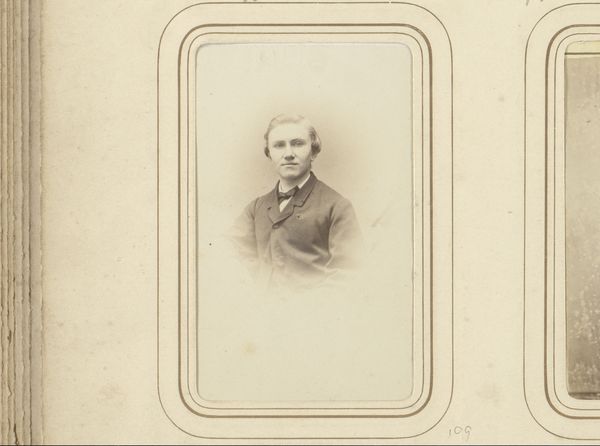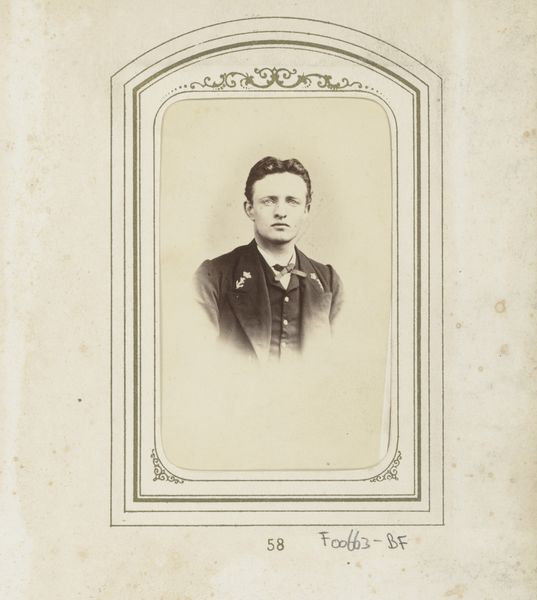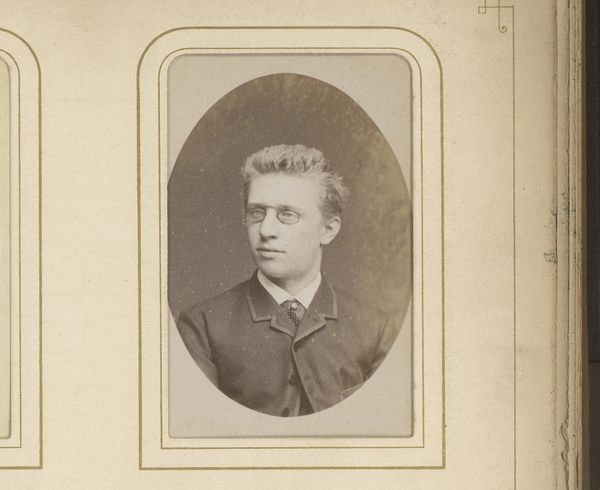
photography
#
portrait
#
photography
#
historical photography
#
realism
Dimensions: height 55 mm, width 89 mm
Copyright: Rijks Museum: Open Domain
This photographic portrait of T. van Eysinga was produced by Albert Greiner, sometime in the mid-19th century. Photography, even in its early days, depended on a complex interaction between technology, chemistry, and labor. In this case, we can see the results of the wet collodion process, which involved coating a glass plate with chemicals, exposing it in the camera while still wet, and then developing it immediately. A dark room was essential. The resulting image was a negative, from which multiple prints could be made on albumen paper, like this one. What is compelling about this image is the degree to which it depended on skillful application of technical knowledge, tied to industrial production, and this would allow for the wide distribution and consumption of photographic images. By focusing on these elements, we can begin to understand the cultural importance of photography in the 19th century, and how it changed the way people saw themselves and the world around them.
Comments
No comments
Be the first to comment and join the conversation on the ultimate creative platform.
